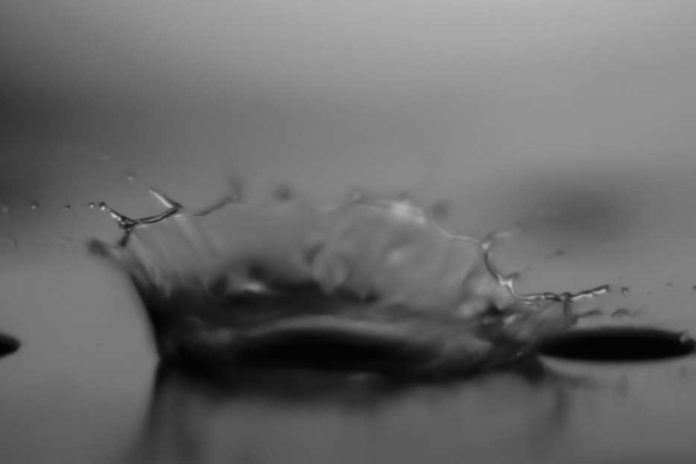Many mysteries of nature are locked up in the world of the very small and the very fast. Such phenomena of interest in nature and industry occur rapidly and thus are difficult to visualize properly. For example, a tear running through a piece of fabric, a rubber ball bouncing off a hard floor, a drop of water wetting a dry surface and a piece of scotch tape peeling off.
Capturing such phenomena to better understand them are difficult and cost-prohibitive to visualize properly without specialized cameras. Now, EPFL scientists in collaboration with Harvard University scientists, have developed a new imaging technique that can capture thousands of images of these phenomena as they occur step by step, using a photo taken from any kind of device, including a smartphone.
Dubbed as Virtual Frame Technique (VFT), the technique is a simple, useful, and accessible mode of imaging that increases the frame acquisition rate of any camera by several orders of magnitude by leveraging its dynamic range. During the trial, it has been shown to perform better than high-speed cameras.
John Kolinski, a professor at EPFL’s School of Engineering said, “The method works by analyzing a conventional photo. If you use a regular camera to take a picture of a drop of water hitting a dry surface, the water’s movement will cause the picture to be blurry. But these blurred areas are precisely where the phenomenon is taking place, both spatially and temporally. That’s what our technique uses to piece together the underlying phenomenon. In other words, VFT works by deconstructing the blurry parts of pictures.”
He further explained, “The first step is to shine a light on the phenomenon just as the conventional picture is taken so that the blurry parts can be exploited. This initial illumination step must be done correctly so that the blurry parts of the picture contain the right information and can be used. At this point, the object must have a quantifiable instantaneous state of either completely blocking the light or completely letting it through.”
“The next step is to employ advanced image-processing methods to improve the conventional picture’s temporal resolution and specific illumination scheme, and then turn it into a binary image – that is, containing either black or white pixels.”
This technique offers an advantage in light of the fact that numerous common wonders are binary: for instance, a bit of texture is either torn or it isn’t, a surface is either wet or dry. That implies just two greyscale values are important to depict them – no requirement for the 15,000+ power esteems accessible with conventional cameras.
By relinquishing the capacity to determine the force, the researchers had the capacity to utilize the camera sensor’s bit depth, or the measure of data the sensor can acquire, to build the casing rate while holding full spatial resolution. Temporal resolution can be improved considerably further by changing the timing of a light pulse.
Kolinski said, “VFT, therefore, breaks down a conventional photo of an object in rapid motion into thousands of images that show every step of the process. “It’s like taking time-lapse photos of a nearly instantaneous phenomenon.”
Scientists tested their technique on pictures taken by all kinds of devices, from smartphones to sophisticated professional cameras, and found that it consistently resulted in a faster frame rate. While careful illumination is required, the method is quite general and has been used to record a rich variety of phenomena, from droplet impacts to fracture mechanics.
The study is published in the journal Optical Express.
